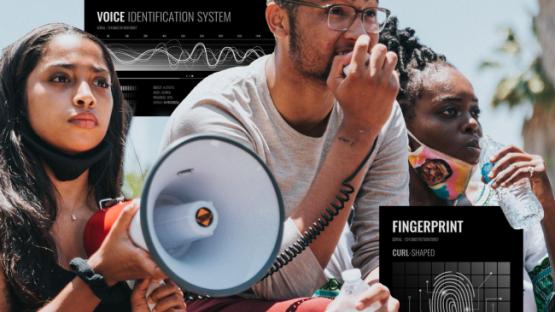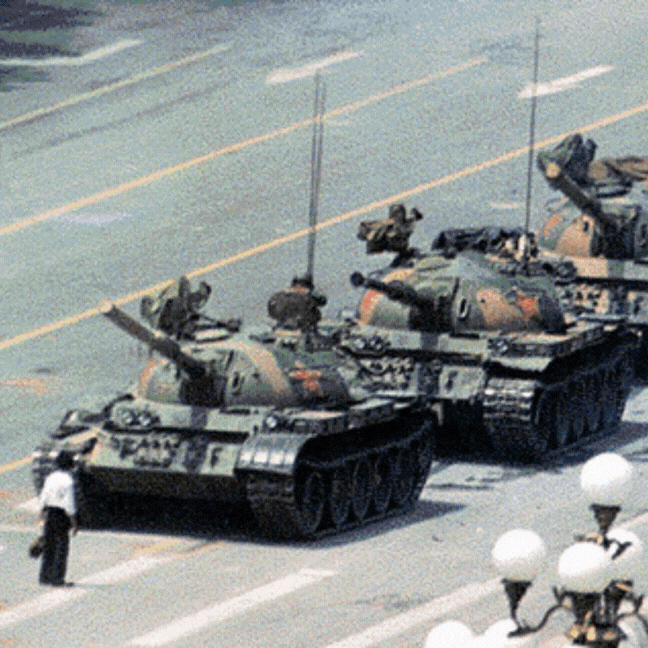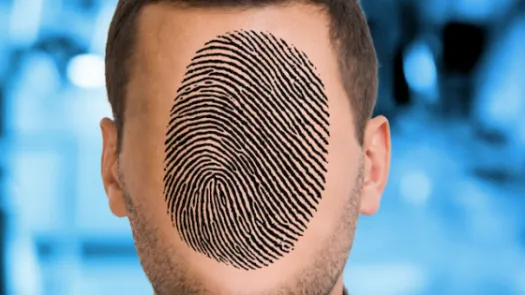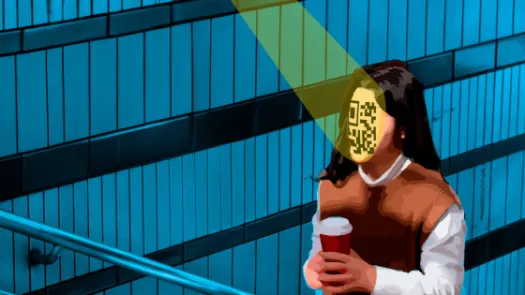
Restraining protest surveillance: When should surveillance of protesters become unlawful?
PI has published a report advocating for 12 human rights-based legal standards to limit surveillance by police and law enforcement at protests. Our report explains how these standards are rooted in the rights to privacy and freedom of assembly and illustrates why these specific legal limits are necessary at every stage of a protest.
- Indiscriminate, generalised, and mass protest surveillance is unlawful.
- Information gathering activities which have the effect of collecting, processing, and retaining any amount of personal data about protesters – whether publicly available or not, and whether obtained by overt or covert means, must be considered an interference with the right to privacy and a form of surveillance
- The right to protest is protected before, during and after a protest - and protest surveillance conducted at any stage of a protest should be subjected to legal limits and safeguards.
- Both the right to privacy and the right to freedom of assembly under international human rights law can be used to restrain police powers to surveil protesters.

PI has been fighting against police using intrusive & disproportionate surveillance technologies at protests around the world for years. Unregulated surveillance and indiscriminate intrusions on our privacy have a chilling effect on the right to freedom of assembly.
We've fought to uncover the types of technologies that police secretly deploy at protests, and we have detailed how protesters around the world can try to protect their intimate and sensitive data from being captured by the police simply because they are protesting. Every day, we learn more about the ever-expanding range of surveillance technologies that law enforcement agencies around the world are acquiring and deploying at protests.[1]
Still, the world is protesting - from Sudan, Nigeria, and Sri Lanka, to France, the UK, and cities across the U.S., as well as Colombia, Russia, China and Iran, major protest movements are using collective action to resist injustice, express shared political opinions, and form nascent opposition coalitions.
The question is: at what point should the use of highly intrusive surveillance technology at protests become unlawful? What standards should apply and what safeguards should be in place to protect the fundamental rights to privacy and freedom of expression and assembly?
PI’s report, “Restraining Protest Surveillance” seeks to answer this question. We propose 12 human rights-based recommendations to protect the rights to privacy and freedom of assembly from unrestrained protest surveillance. These recommendations are effectively legal limits on law enforcement’s powers to deploy surveillance at every stage of a protest. To illustrate the importance of these limits, the paper applies them to surveillance at every stage of an assembly – from organising to attending to post-protest tracking and data retention.
GIF includes photos licensed under creative commons from mandiberg, unseen histories, kosho kunii, Mika Baumeister, L'odyssée Belle, Ayanfe Olarinde, Mark Dixon, Andy Wright.
[1] See, for example "Fracking company and Lancashire police collaborate to surveil protesters"; "Facial recognition increases risk for Hong Kong street protesters"; "Myanmar budgets show Western supplies of surveillance technology"; "Minnesota police continue surveilling journalists and civil rights activists".
[2] GIF includes photos licensed under creative commons from mandiberg, unseen histories, kosho kunii, Mika Baumeister, L'odyssée Belle, Ayanfe Olarinde, Mark Dixon, Andy Wright.




